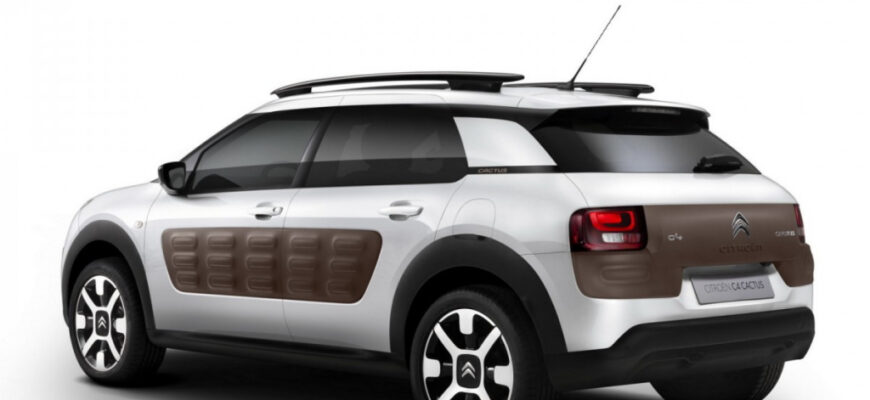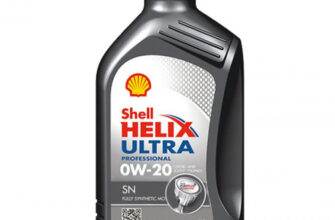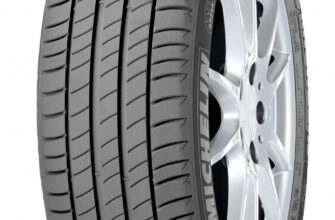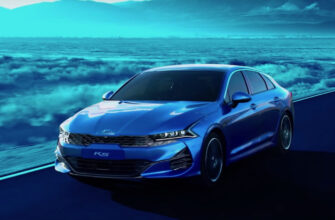Review of the best according to the editorial board. On the selection criteria. This material is subjective and does not constitute advertising and does not serve as a purchase guide. Before buying, you need to consult with a specialist.
At a time when the middle social class has practically ceased to exist in its true form, an important place is given to the trend of producing 'low-cost' cars. This applies to everything from the cost of purchase and further maintenance, up to the amount of fuel consumed. By the way, the latter characteristic is decisive in the minds of millions of consumers, since the annual cost of refueling can be up to 40-50% of the total cost of maintaining a car.
In connection with the active promotion of the topic of saving on the basis of fuel consumption, the team conducted its own market research. Within the framework of this study, the main focus was on finding the most suitable configurations for the conditions, as well as analyzing customer reviews and in-house experts. Based on the results of the research, a rating of the 20 most economical cars was compiled, divided into two thematic categories based on cost.
- Rating of the most economical cars
- The most economical budget cars
- Citroen C4 Cactus
- Advantages
- disadvantages
- Kia Rio FL
- Advantages
- disadvantages
- Peugeot 208 VTi (1.0L)
- Advantages
- disadvantages
- Kia Picanto (1.0 L)
- Advantages
- disadvantages
- Ford Fiesta (1.6L)
- Advantages
- disadvantages
- Mazda 3 (1.5 l)
- Advantages
- disadvantages
- Ravon R2 (1.3 L)
- Advantages
- disadvantages
- Ford Focus (1.6L)
- Advantages
- disadvantages
- Lada Vesta (1.6 l)
- Advantages
- disadvantages
- Renault Logan
- Advantages
- disadvantages
- Volkswagen Polo 1.4 TSI
- Advantages
- disadvantages
- The most economical cars in terms of price / quality ratio
- Volkswagen Golf 1.4 TSI
- Advantages
- disadvantages
- BMW 1 Series 118i
- Advantages
- disadvantages
- Mini cooper
- Advantages
- disadvantages
- Smart ForTwo
- Advantages
- disadvantages
- Skoda Rapid
- Advantages
- disadvantages
- Mercedes – Benz A180
- Advantages
- disadvantages
- Audi A1 1.4 TFSI
- Advantages
- disadvantages
- Volvo V40 Cross Country
- Advantages
- disadvantages
- Toyota Corolla 1.6
- Advantages
- disadvantages
Rating of the most economical cars
| Nomination | a place | Name of product | starting price |
| The most economical budget cars | 1 | Citroen C4 Cactus | – |
| 2 | Kia Rio FL | RUB 619,900 | |
| 3 | Peugeot 208 VTi (1.0L) | RUB 499,000 | |
| 4 | Kia Picanto (1.0 L) | RUB 644,900 | |
| 5 | Ford Fiesta (1.6L) | RUB 774,000 | |
| 6 | Mazda 3 (1.5 l) | RUB 1,223,000 | |
| 7 | Ravon R2 (1.3 L) | RUB 309,000 | |
| 8 | Ford Focus (1.6L) | RUB 1,003,000 | |
| 9 | Lada Vesta (1.6 l) | RUB 487,900 | |
| 10 | Renault Logan | RUB 554,000 | |
| 11 | Volkswagen Polo 1.4 TSI | RUB 875,900 | |
| The most economical cars in terms of price / quality ratio | 1 | Volkswagen Golf 1.4 TSI | RUB 1,429,900 |
| 2 | BMW 1 Series 118i | RUB 1,580,000 | |
| 3 | Mini cooper | RUB 1,460,000 | |
| 4 | Smart ForTwo | RUB 790,000 | |
| 5 | Skoda Rapid | RUB 772,000 | |
| 6 | Mercedes – Benz A180 | RUB 1,810,000 | |
| 7 | Audi A1 1.4 TFSI | RUB 995,029 | |
| 8 | Volvo V40 Cross Country | RUB 1,684,000 | |
| 9 | Toyota Corolla 1.6 | RUB 1,153,000 |
The most economical budget cars
Citroen C4 Cactus
Car fuel economy rating: 4.9
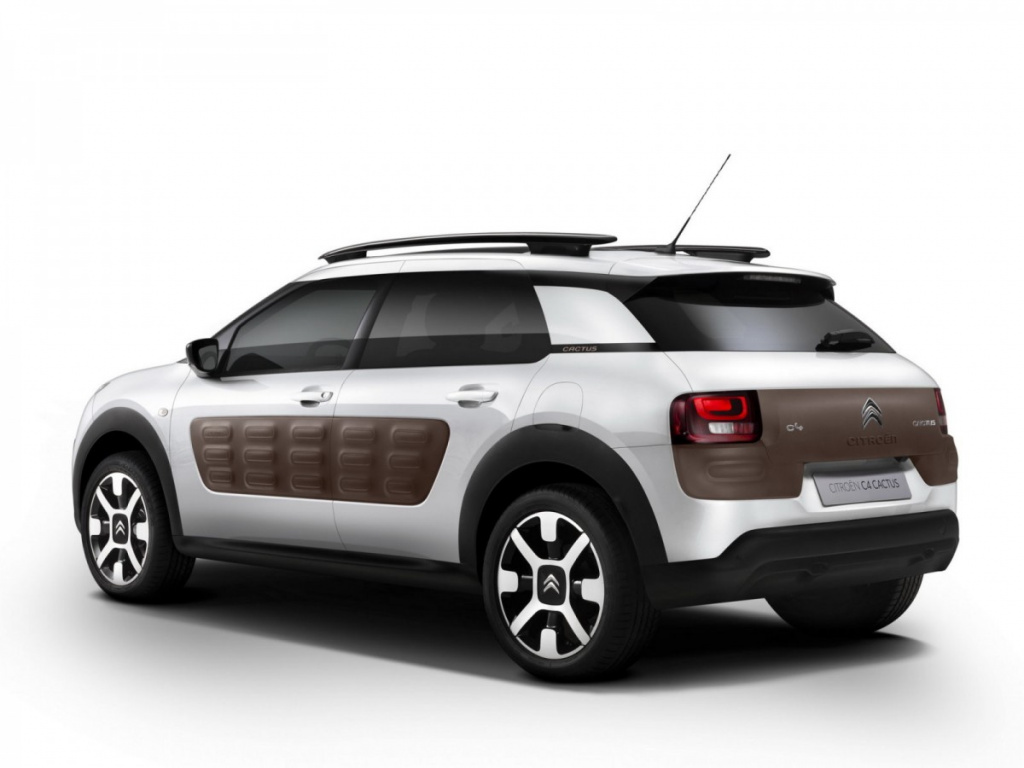
All car models of the brand's C4 line Citroen use the same set of engines and their modifications in conjunction with similar gearboxes. Within the framework of the rating, we decided to single out Cactus as the most non-trivial and original car from a very conservative French company.
The most economical package Citroen of the C4 Cactus is a pair of 1.6-liter diesel engine (turbocharged e-HDi 92) / 5-day manual gearbox: consumption per 100 kilometers on the highway is only 3.5 liters. At the same time, the power characteristics are quite good: 92 horsepower can be considered as a weighty argument for a car positioned as an urban crossover – you can even try off-road driving. This is facilitated by the presence of special rubber linings on the body, and a 'grandiose' deviation from the canons – for the first time in cars Citroen, the thresholds and wheel arches are trimmed with protective plastic.
Advantages
- finishing of thresholds and arches with plastic to protect metal from corrosion and impact;
- very low fuel consumption for a 1.6-liter engine;
- Air Bump overlays on the body – protect against impacts and minor scratches.
- acceleration to 100 kilometers per hour takes 9.3 seconds.
disadvantages
- not found.
Kia Rio FL
Car fuel economy rating: 4.8
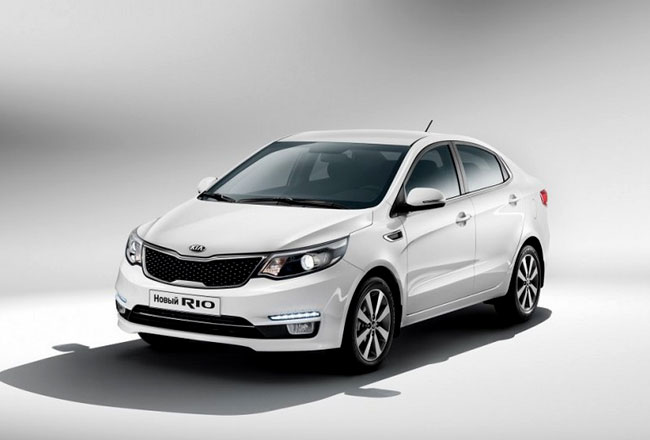
Apart from the insignia of the best-selling Korean car in Russia Kia, the Rio FL is rightfully considered one of the most economical in its class. The noticeable appearance and high quality of technical implementation allowed the car to impose a serious struggle Hyundai on Solaris, and at the turn of 2018 beat the eternal competitor.
For this nomination, the diesel version Kia of the Rio FL, equipped with a 1.1-liter engine, should be considered. Despite the modest volume figures, this 'baby' produces up to 123 horsepower, and in conjunction with a 6-speed manual it consumes only 3.6 liters of diesel fuel per 100 kilometers. Excellent performance for a car that can be categorized as a budget. This is a worthy second place in the rating.
Advantages
- good acceleration dynamics;
- high power for a small engine;
- one of the most popular cars in Russia;
- fairly low maintenance cost.
disadvantages
- rustic exterior design.
Peugeot 208 VTi (1.0L)
Car fuel economy rating: 4.7
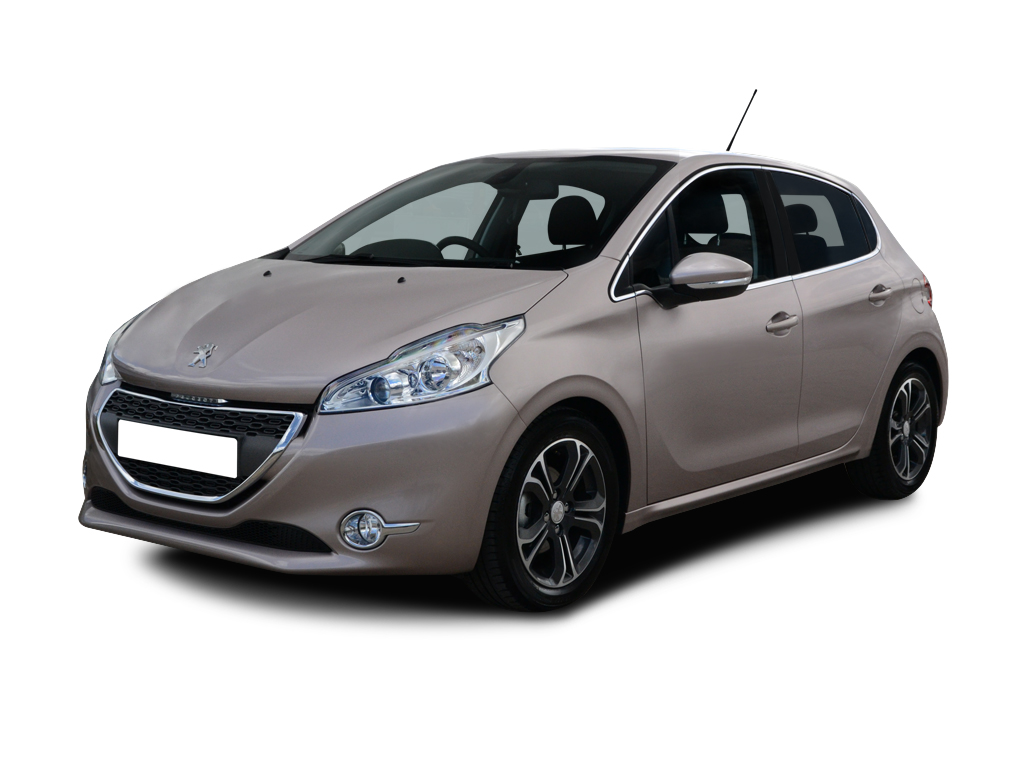
Refinement and elegance Peugeot 208 is not questioned in any more or less professional car review – this is a traditionally strong feature of the model and the French manufacturer in general. It just so happened that a complete set with a three-cylinder 1 liter engine for purely urban movement and small waste on repair / maintenance and refueling fell within the scope of our rating.
Behind the attractive appearance Peugeot of the 208 version in question, there are very modest technical indicators: 68 horsepower and 95 Nm of torque at 3000 rpm. Of course, there is no question of any dynamics here: the maximum speed does not exceed 163 kilometers per hour, and acceleration to a hundred takes as much as 14 seconds (however, for a curb weight of 1484 kilograms, this is very equivalent). But the average consumption on the highway is 3.7 liters, which allows the car to get close to the leader of the rating.
Advantages
- compact and cute city car;
- low maintenance cost;
- ideal consumption parameters for urban driving.
disadvantages
- very 'modest' engine performance.
Kia Picanto (1.0 L)
Car fuel economy rating: 4.6
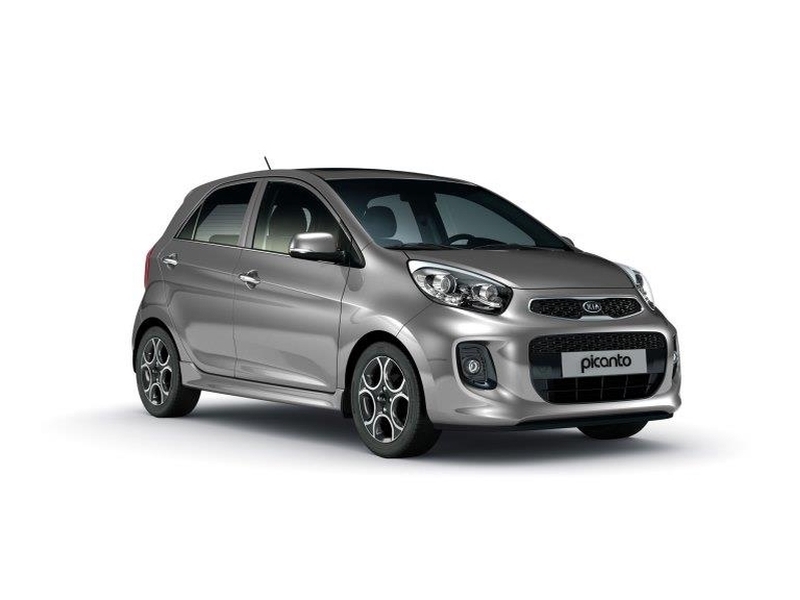
Typical urban subcompact, released as an alternative Daewoo Matiz and compact hatchbacks of the company Toyota, as well as Huyndai Getz and i10 that did not hit the Russian market. Since its release in 2004, it has undergone four restyling, and at the time of 2016 it has acquired the same features inherent in all representatives of the current car line from Kia.
Currently, the Picanto trims offer a choice of only two engines: a liter R3 with 67 horsepower and a 1.25-liter R4 with 84 horsepower, respectively. The most economical of this pair is the first option: it consumes only 4.5 liters per 100 kilometers on the highway. The acceleration dynamics cannot be called bad either: 13.9 seconds to 100 kilometers per hour looks quite expected for a model weighing 840 kilograms. At the same time, the maximum possible speed is limited to 163 kilometers per hour, which is just right for moving around the city.
Advantages
- Multiple awards for Best Small Car by Top Gear magazine and independent auto publishing associations;
- nice visual style
- small dimensions are ideally suited for urban conditions;
- good speed characteristics;
- low purchase price.
disadvantages
- not found.
Ford Fiesta (1.6L)
Car fuel economy rating: 4.5
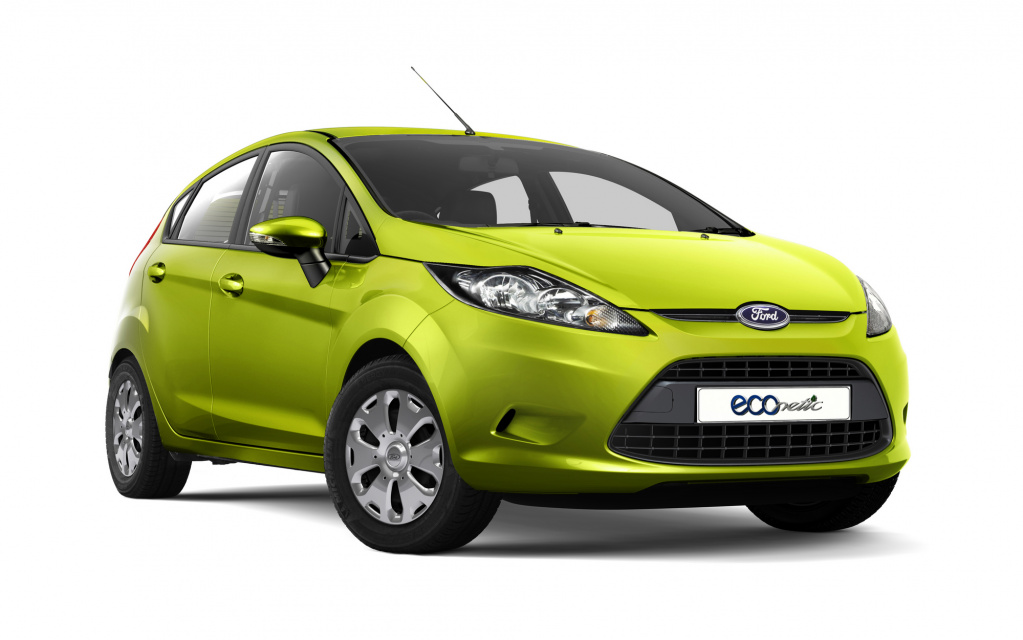
Since Ford Fiesta on a 1.6-liter turbodiesel is far from a budget class car, in this rating category we will consider a model with a gasoline aspirated engine of the same volume. The beauty of the package under consideration lies in the right balance between price and claims for pleasant driving sensations. In fact, many users note good movement dynamics, as well as the reliability and simplicity of the unit in service.
In conjunction with a manual 5-speed gearbox Ford, the Fiesta 1.6 produces up to 105 horsepower, thanks to which it can accelerate to a hundred in 11.4 seconds. For a subcompact car, that's pretty good. In addition, a complete restyling of the body became a big plus in the model's collection of merits – the new look was to the liking of all connoisseurs of aesthetics and enlarged features, which are emphasized by the Americans from Ford. In the extra-urban cycle, the Fiesta, with the designated engine and transmission configuration, consumes just 4.5 liters per 100 kilometers, which is the fifth result among the nominees in this category.
Advantages
- fairly economical fuel consumption;
- acceleration dynamics;
- high reliability of the power unit;
- updated body.
disadvantages
- outdated gasoline engine architecture.
Mazda 3 (1.5 l)
Car fuel economy rating: 4.4
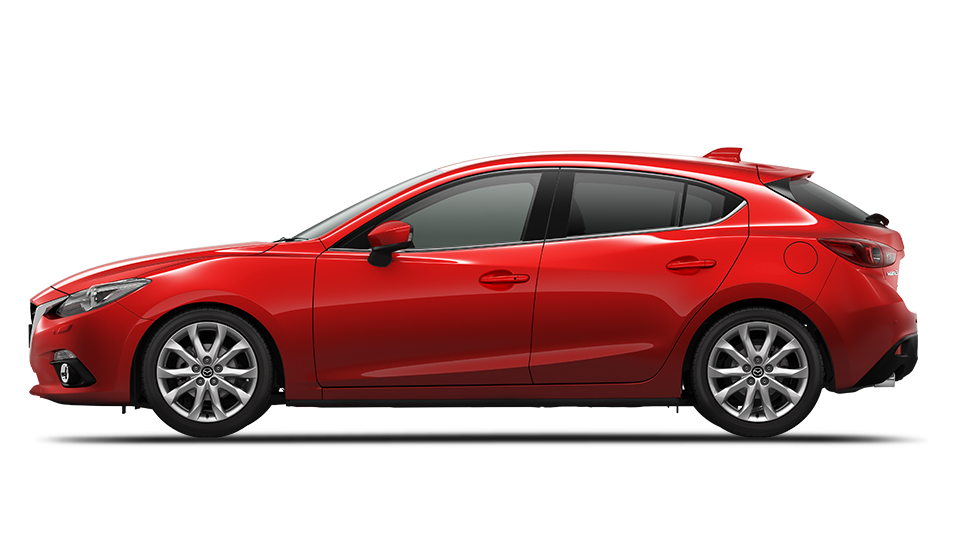
The 1.5-liter version Mazda 3, introduced to the auto community in 2014, is one of the most economical versions of the full-size sedan. The whole essence of this car lies in a representative appearance, really beautiful and advantageous against the background of 'classmates competitors'. But the driving dynamics and speed characteristics, alas, receded into the background.
In fact, Mazda 3 has nurtured comfort by sacrificing dynamics for the feel of business cars. According to official data, acceleration to hundreds takes 11.6 seconds, and the maximum speed does not exceed 193 kilometers per hour. Consumption on the highway paired with a 5-speed manual transmission is 4.8 liters per 100 kilometers. The result is good, but if this version had a little more than 115 horsepower …
Advantages
- high level of driving comfort;
- representative appearance;
- an abundance of complete sets for any needs (for the model as a whole);
- low fuel consumption and efficiency (taking into account that the engine requires 95th gasoline).
disadvantages
- low acceleration dynamics.
Ravon R2 (1.3 L)
Car fuel economy rating: 4.3
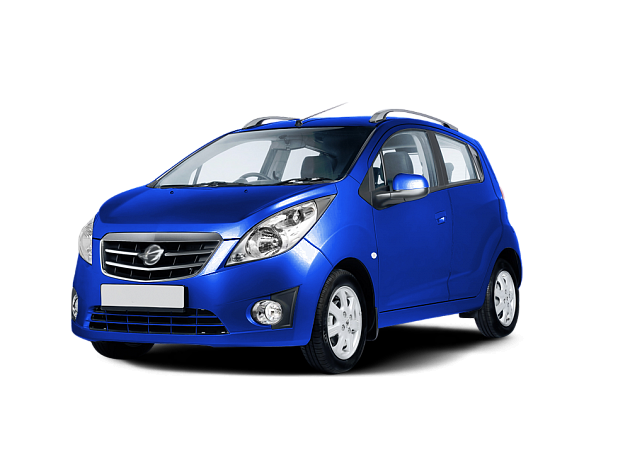
Ravon's two-door hatchback is a very controversial model. Striving to become a niche flagship for the urban environment and adapting to modern operating conditions (less money for maintenance – more return), it manages to lose to competitors in terms of fuel consumption and, elementary, in terms of appearance.
The angular body with oversized features integrates a 1.3-liter four-cylinder engine that delivers up to 85 horsepower. By the way, the assortment Renault of Logan still includes a 1.6-liter engine with a capacity of no more than 82 horses (though this engine is 8-valve). As for the Ravon R2, the top speed is 163 kilometers per hour, and the first hundred is reached in 12.4 seconds. The controls are quite soft and understandable, but the hatchback's dynamics, alas, are not enough. For every 100 kilometers of track, an average of 5.1 liters of gasoline is consumed – this is the seventh line of our rating.
Advantages
- updated body design (rejection of rounded shapes towards large features);
- slightly increased comfort conditions;
- integration of a new engine with a modernized architecture;
- low cost in the domestic Russian market.
disadvantages
- the third generation of the Matiz car with all the ensuing disadvantages.
Ford Focus (1.6L)
Car fuel economy rating: 4.3
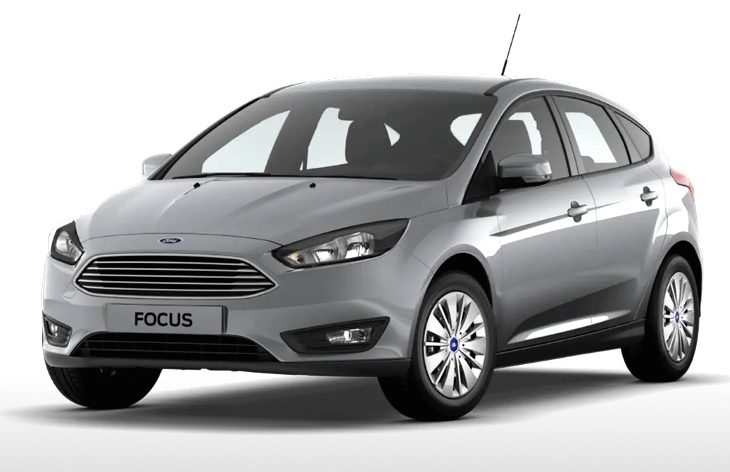
Ford Focus can hardly be called a budget class sedan – buying a new car can fly away at a pretty penny. However, it is one of the most economical for sure: the reason for this lies in the updated 1.6-liter EcoBoost engine. Thanks to a complex of innovative technologies integrated into the development process, the engineers managed to significantly increase power with virtually constant fuel consumption.
In addition to updating the power unit Ford, the Focus also underwent fundamental cosmetic changes: the front part of the body, optics were completely redone, and several volumetric lines were added around the perimeter of the side part. We cannot mark any specific configuration from the entire presented variety, therefore, we will give a general description of the entire model range: the engine works in tandem with a 5-speed manual or a 6-speed automatic transmission, produces from 105 to 180 horsepower and consumes 5, 1 – 6.3 liters per 100 kilometers.
Advantages
- pretty updated appearance;
- a very wide range of power indicators of a gasoline engine in conjunction with gearboxes;
- high degree of engine reliability.
disadvantages
- rather high cost of the model on the Russian market.
Lada Vesta (1.6 l)
Car fuel economy rating: 4.2

Domestic sedan of 2015, which has become the main competitor in the segment Renault Logan. And, in terms of dynamics, Vesta slightly surpasses it: this is evident from the overclocking characteristics. A domestic car picks up a speed of 100 kilometers per hour in 11.8 seconds, and in conjunction with an engine with an automatic transmission. In general, a rather strange situation turns out: the consumption with a 5-speed automatic, according to statistics, was lower than with a 5-speed manual, and amounted to 5.3 liters per 100 kilometers in the extra-urban cycle.
The power of the standard Lada Vesta engine is 106 horsepower, and the torque reaches 148 Nm at 4200 rpm. Outwardly, the model looks nice, but does not evoke the feeling of luxury – the fact that the car belongs to the budget segment affects. There is also nothing special to say about the cabin, since the finish is pleasant and corresponds to the spirit of the times, but it does not contain any unique solutions.
Advantages
- optimal characteristics of the 'junior' engine of the series;
- low level of fuel consumption;
- full adaptation to driving on Russian roads.
disadvantages
- not found.
Renault Logan
Car fuel economy rating: 4.1
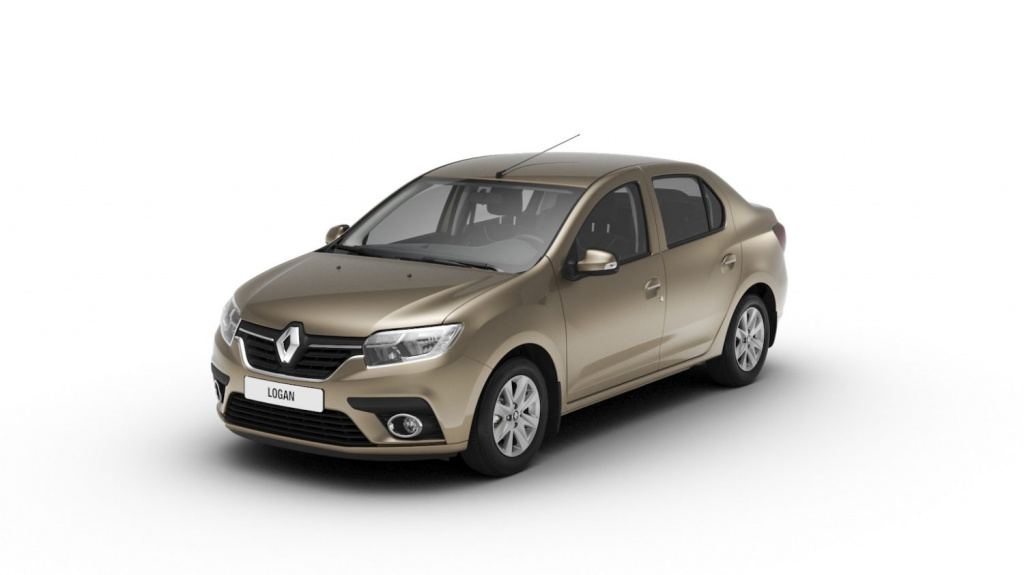
An unchanging competitor and partner of domestic sedans, from the current generation to the updated 1.6-liter engine. Logan has always been a car of increased interest (or even demand) on the part of consumers, since the low price and satisfactory driving characteristics made it possible to toughly operate the car in the realities of Russian roads. Until recently, this model was associated with the clumsy body features, but with each restyling carried out, more and more rounded shapes appeared and, in the end, the look approached the concept of 'presentable'.
According to the characteristics of the updated engine Renault, Logan is slightly ahead of Lada Vesta: 113 horsepower is removed from 1.6 liters. But the consumption indicators paired with a 5-speed mechanics slightly lose – for every 100 kilometers of travel along a country road, the car spends 5.6 liters. A bit too much, but Logan gets into the rating quite deservedly.
Advantages
- updated exterior and interior;
- there is a choice of a modified 16-valve engine;
- improved driving performance;
- increased comfort of movement.
disadvantages
- not found.
Volkswagen Polo 1.4 TSI
Car fuel economy rating: 4.1
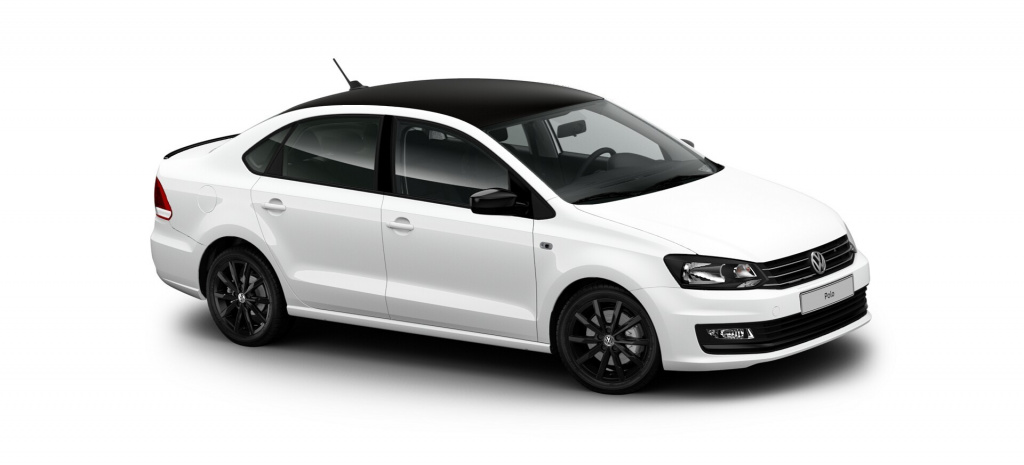
The continuity of engines, regardless of body type, is one of the features of the modern car industry. In the situation with the Volkswgen Polo, the user can purchase either a sedan or a hatchback, under the hood of which an economical 1.4-liter gasoline engine will be placed. At first glance, everything looks quite modest, but the presence of turbocharging and layer-by-layer injection (Turbo Stratified Injection) make the power unit one of the most technologically advanced in this category.
With a power of 100 horsepower, when driving on the highway Volkswagen Polo consumes only 5.7 liters per 100 kilometers. This is not bad, especially considering the fact that the engine requires extremely expensive fuel (according to the specification – 95th of the Euro 5 standard). And of course, a manual transmission with 5 gearshifts plays an important role in this consumption. We will not comment on the appearance of the car – the classic forms of the model are praised by calm people (mostly family), and are condemned by lovers of interesting designs.
Advantages
- high power with a small engine volume;
- fairly low consumption;
- pragmatic style of the body and interior decoration.
disadvantages
- the engine is very demanding on the quality of technical fluids.
The most economical cars in terms of price / quality ratio
Volkswagen Golf 1.4 TSI
Car fuel economy rating: 4.9
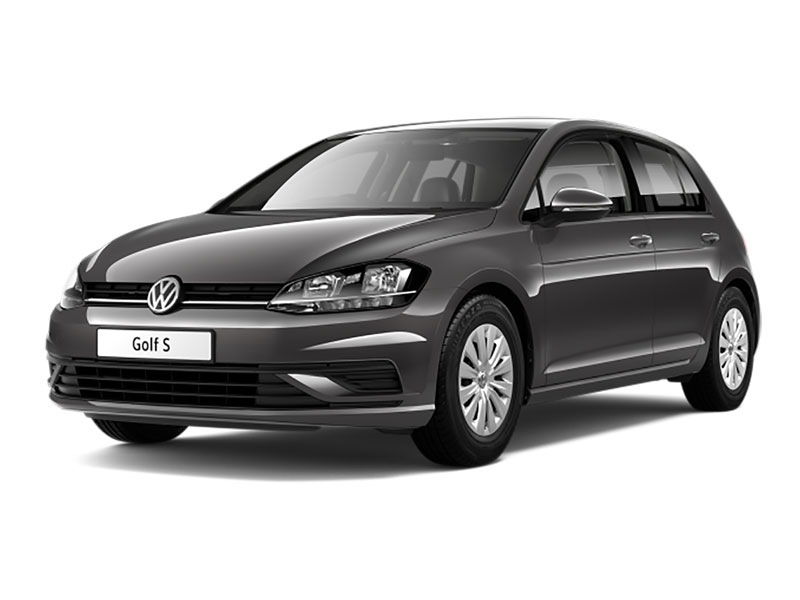
The leader of the rating of the most economical cars suddenly becomes … Vlokswagen Golf 1.4 TSI with a diesel engine and a new body. This car is quite expensive (for its status), and maintenance often requires a significant investment. But the minimum fuel consumption is 2.6 liters on a suburban highway.
The turbo diesel installed in this version of the Golf produces up to 125 horsepower. This positively affects both the dynamics of movement and the drive that you want to feel while driving. There is nothing to say about the comfort of the cabin, since, as many owners note, it is standard – it is not possible to single out anything unique. Acceleration from 0 to 100 kilometers per hour takes 9.5 seconds, provided that a 6-speed manual is used as a transmission. The result is good, but I want a little more.
Advantages
- traditional body lines (seventh generation Golf, after all);
- optimal characteristics of a subcompact motor;
- lowest fuel consumption.
disadvantages
- high purchase price and further service.
BMW 1 Series 118i
Car fuel economy rating: 4.8
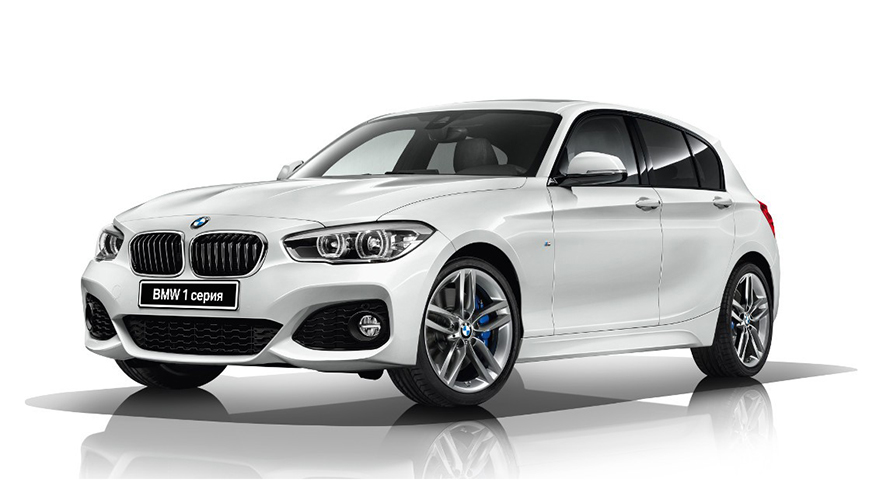
Diesel 118i from BMW is a real godsend for those who like to save on little things. Despite the price of 1.5 million rubles, a representative of the first series can be a really good buy. First, due to its status: the brand BMW is recognizable and respected. Secondly, the focus on comfort: many would argue, but compared to the competition, the 118i really does focus on ergonomics. Third: an extremely economical diesel engine with good technical characteristics.
The 1.5-liter power unit is truly one of the most economical in its segment: 3 cylinders 'harness' only 3.3 liters of diesel fuel per 100 kilometers in the extra-urban cycle. At the same time, they give out an honest 116 horsepower and 200 kilometers per hour of maximum speed. But with overclocking, not everything is so simple: official data say from 10.3 seconds to a hundred, but in independent tests people do not roll out even after 11 seconds. Can this be considered a disadvantage? Perhaps, but the fact of the most economical car in the ranking remains unchanged.
Advantages
- low purchase price;
- traditionally bright and recognizable appearance;
- comfort;
- very low fuel consumption (3.3 liters per 100 kilometers).
disadvantages
- deliberately false data on the characteristics of acceleration to 100 kilometers per hour.
Mini cooper
Car fuel economy rating: 4.8
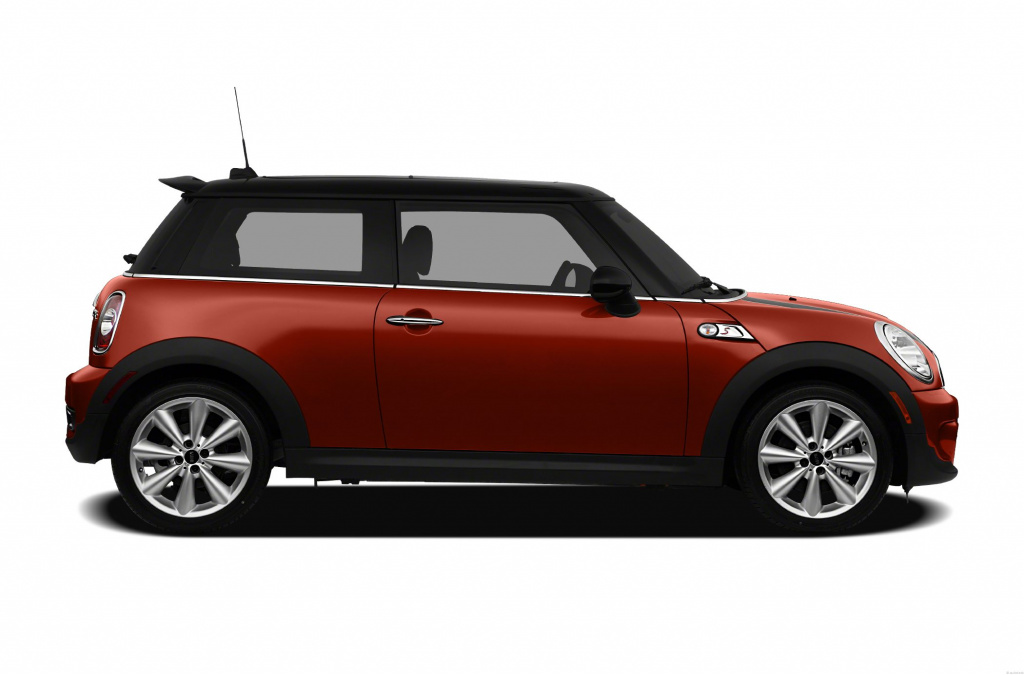
Top selling UK and an economical vehicle with a truly British character. Mini is one of the brands belonging to the group of the German concern BMW, so you shouldn't worry about quality. One of the important decisions of the engineers was the integration under the hood of a 1.5-liter diesel engine producing 95 horsepower. For such a small car, this is a serious indicator, since even the old diesel Mitsubishi Pajero (the mass of which is much higher than that of the 'Coupe') had 99 horsepower from a 2 liter engine.
The above comparison may be incorrect from the point of view of different technologies used in the creation of engines, but the fact of the excellent work of the German masters is obvious: Mini Cooper is highly popular in Europe. For every 100 kilometers of travel, the car spends 3.6 liters of diesel fuel, which is the third result in this rating category.
Advantages
- recognizable and pleasant appearance;
- high-quality equipment based on a diesel engine with a 6-speed manual transmission;
- the highest level of comfort.
disadvantages
- traditionally high price.
Smart ForTwo
Car fuel economy rating: 4.7
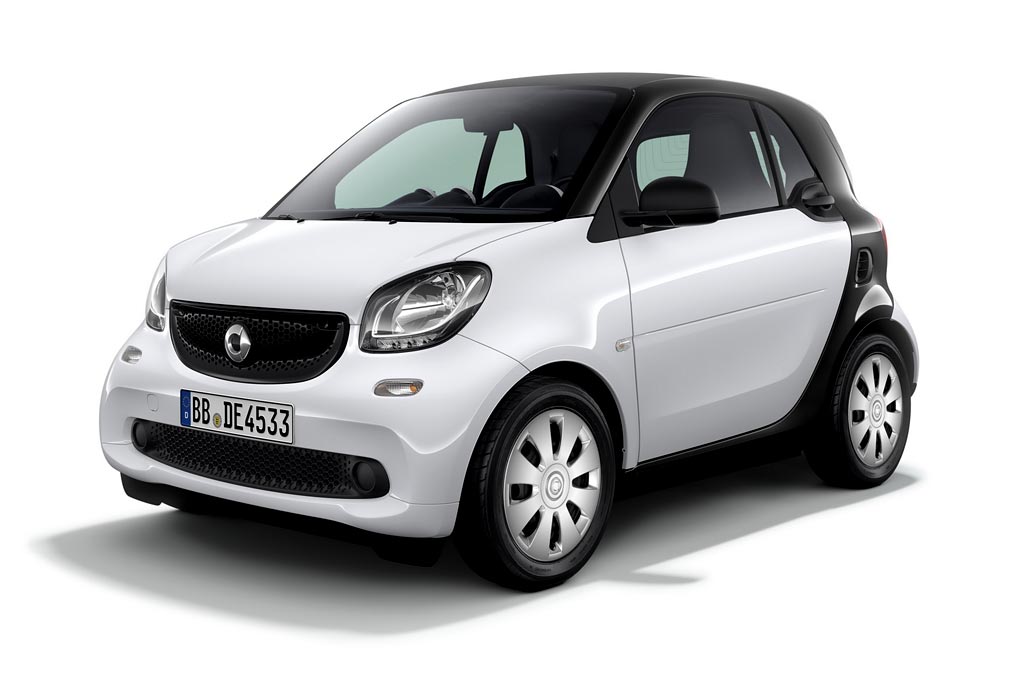
Smart Two is an exclusive and even somewhat exotic phenomenon on the Russian market. The very compact 'car of the future', as it is positioned by the manufacturers, is a variation on the theme of saving space on the road – however, purchasing this 'saving' costs almost 1 million rubles. The exorbitant price tag and appetites of Smart cannot be attributed to anything at all: all other things being equal, people will take the more familiar full-size sedans and hatchbacks with the possibility of paying for them a third of the smaller amount.
Having released all the formalities, let's move on to the review of engine parameters. Both variations of the power unit in conjunction with a 5-speed manual transmission have equal fuel consumption per 100 kilometers: 4.1 liters each. But at the same time, one of them, with a volume of 0.9 liters, produces 90 horsepower, and the second, for 1 liter, hardly reaches 71 horsepower. Thus, the Smart engineers can be commended for the implementation – this economical car turned out in the spirit of the times and taking into account all current requirements. But the chance of buying it by Russian users is extremely low – the contrast of alternative options does its job.
Advantages
- very efficient 0.9 liter engine;
- compact model that takes up little space in the parking lot and roads;
- 190 liters of luggage compartment;
- high driving dynamics.
disadvantages
- extremely high price for a micro car.
Skoda Rapid
Car fuel economy rating: 4.6
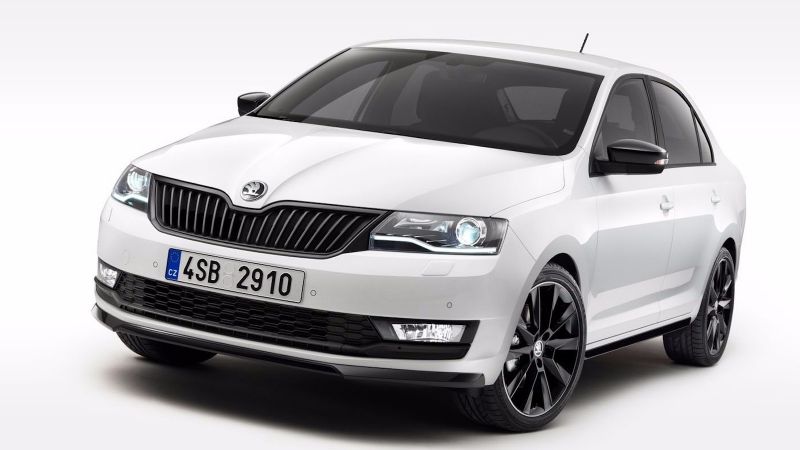
Another representative of the German car industry in general and the VAG-group in particular, which claims to be the 'icon' of efficiency among middle-class gasoline cars. And it's worth noting that Rapid does it very well. Not so long ago, the model underwent visual style changes, which was followed by a slight increase in the cost of the car in the domestic market and an increase in interest from the consumer segment.
If the visual features Skoda Rapid deliver a lot of aesthetic pleasure, then some configurations (meaning the motor / transmission linkage) look very weak. So, for example, a 1.6-liter four-cylinder engine with distributed petrol injection, producing only 90 horsepower. However, this is the most economical version of the car, and therefore its place in the rating is beyond doubt. The maximum speed of a car with such an engine is 185 kilometers per hour, and the fuel consumption is 4.6 liters per 100 kilometers.
Advantages
- nice body design;
- high degree of vehicle reliability;
- very low fuel consumption;
- low purchase price;
- the presence of sound insulation in a circle and a spacious luggage compartment (530 liters).
disadvantages
- very modest performance, speed and dynamics with this configuration.
Mercedes – Benz A180
Car fuel economy rating: 4.5
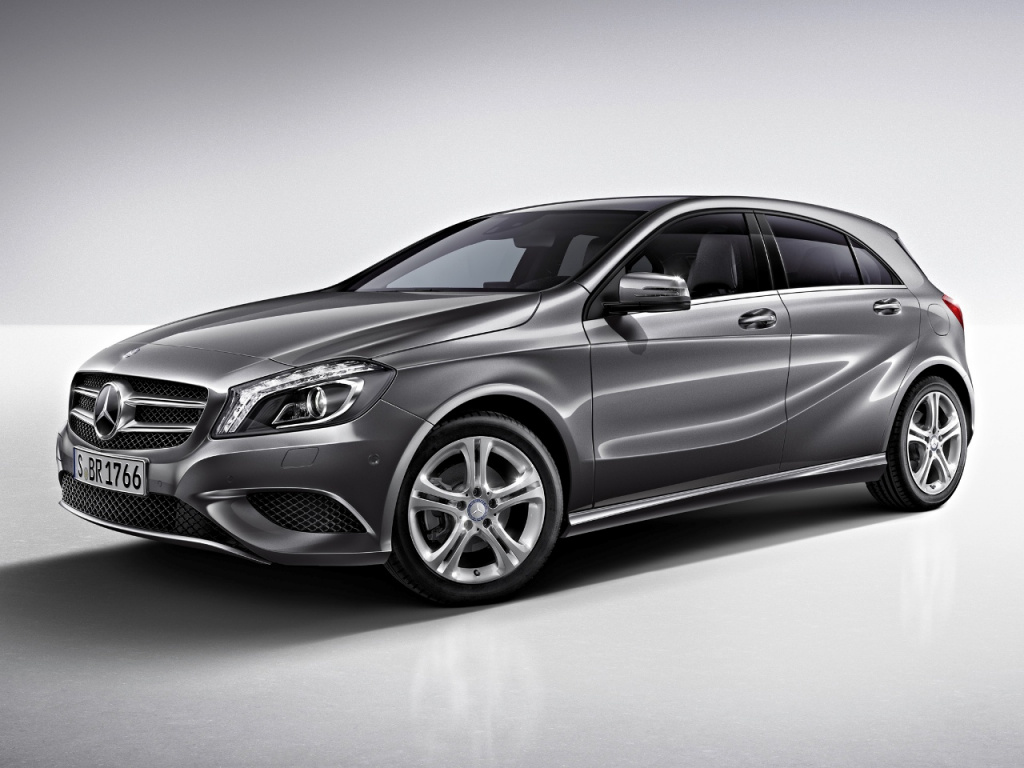
Direct competitor BMW 1 Series 118i, combining more refined body features, meek disposition and complete handling. Mercedes – The Benz A180 is a full-fledged A-class hatchback, the aesthetics of which comes first, leaving driving characteristics to the background. However, it is foolish to believe that the engineers of one of the giants of the German automotive industry overlooked this component: everything has been brought to the stage at which no complaints can arise.
Consider the A180 with a 1.6-liter turbocharged engine. With a capacity of 122 horsepower, it produces up to 200 Nm of torque and accelerates the car to 100 kilometers per hour in 9.2 seconds. Leaving 10 seconds can be considered a success, but from Mercedes – Benz, by default, you want more. The maximum speed is 202 kilometers per hour – a good indicator, especially in light of the quality of most Russian roads. In terms of fuel consumption, the model is naturally located in the middle of the rating with an indicator of 4.7 liters (5-speed mechanics) per 100 kilometers.
Advantages
- traditionally recognizable features of the German grandee;
- acceptable dynamic performance;
- emphasis on comfort and representativeness;
- very reliable engine (4-cylinder) turbocharged.
disadvantages
- from cars Mercedes you always expect a little more.
Audi A1 1.4 TFSI
Car fuel economy rating: 4.5
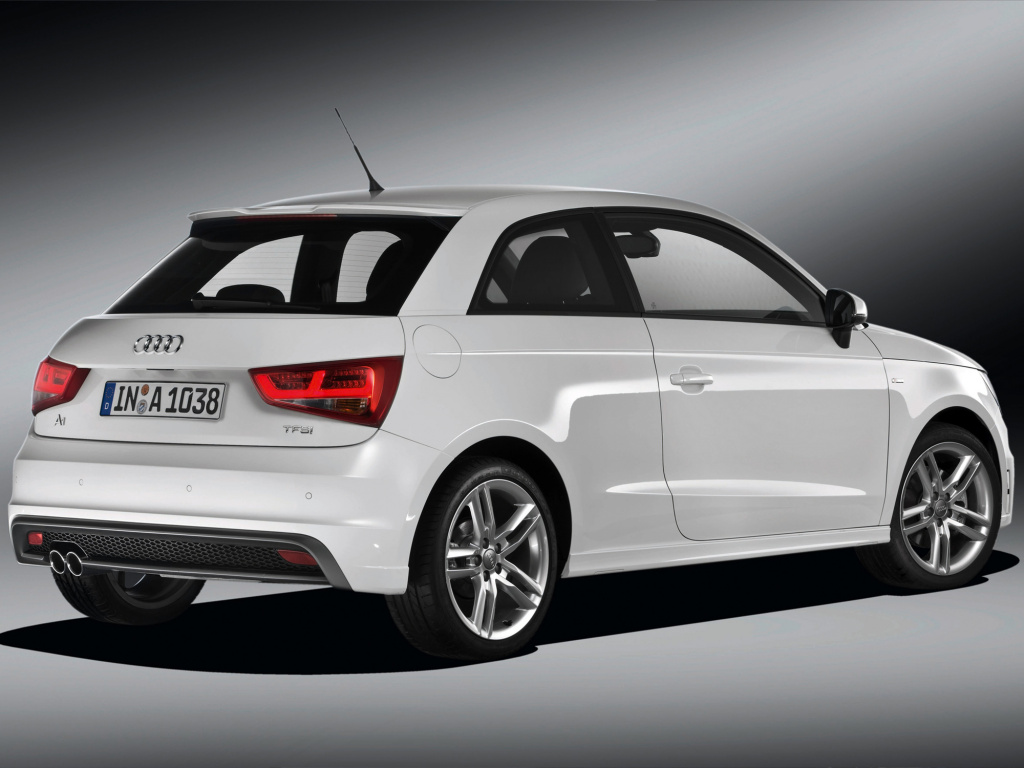
An enchanting hatchback of 2010, made in the best traditions of the company Audi: powerful, beautiful and very pragmatic. For some unknown reason, it has not received wide distribution in Russia, although, objectively, it is worth taking it for everyday use. At least because of the 1.4-liter turbocharged engine, which produces 185 horsepower and 250 Nm of torque at 4500 rpm.
The top speed Audi A1 in the proposed configuration is 227 kilometers per hour – an excellent figure for a car that weighs 1.3 tons. Acceleration to 100 kilometers per hour takes only 6.9 seconds, and only 5.1 liters of gasoline are spent for every 100 kilometers on the highway. The only real caveat to this version is that it only comes with a 7-speed automatic transmission. If the configuration included a manual transmission, the consumption would be reduced by a few more points.
Advantages
- acceptable level of cost;
- high power performance of a subcompact engine;
- excellent handling and fast acceleration;
- inherent Audi level of comfort.
disadvantages
- not found.
Volvo V40 Cross Country
Car fuel economy rating: 4.4
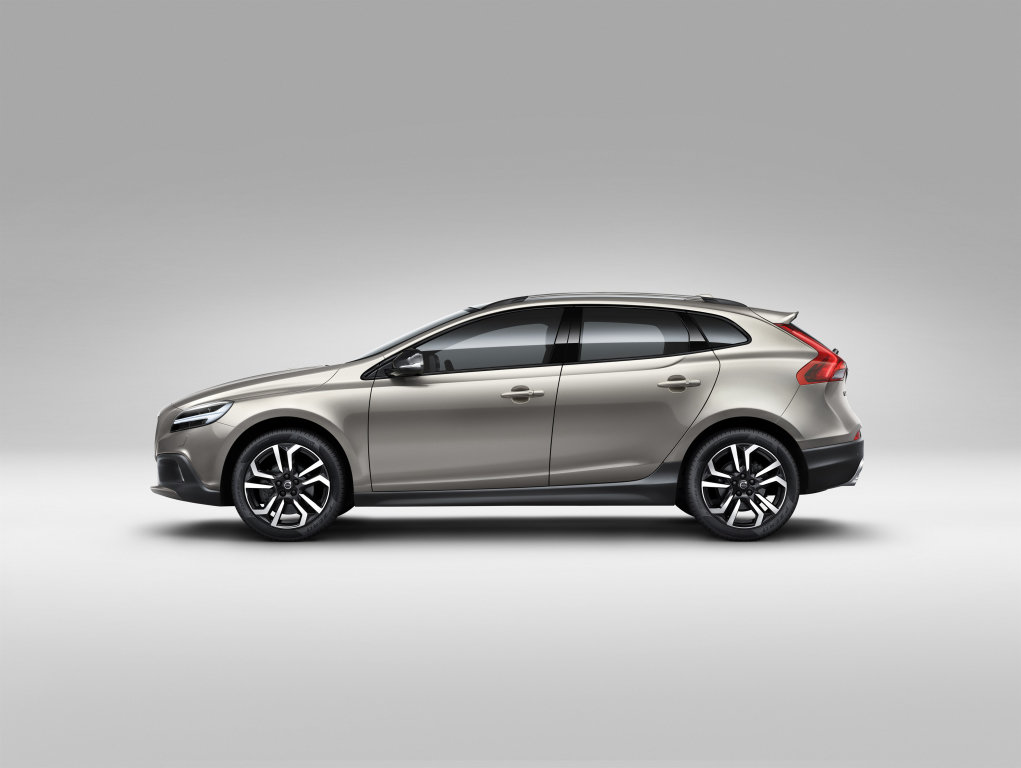
Volvo The V40 Cross Country is not the best car in terms of fuel consumption, but one of the absolute top picks in terms of value for money. The updated version of the hatchback turned out to be very beautiful both externally and internally, which served as a new impetus for the development of the brand Volvo after joining the Chinese concern Geely.
For this brief overview, let's take a look at one of the 'starter' versions of the V40 Cross Country, powered by a 1.5-liter turbocharged four-cylinder petrol engine. Its maximum power is 152 horsepower and torque is 250 Nm in the range from 1700 to 4000 rpm. The engine is combined only with an automatic 6-speed gearbox, which provides acceleration to kilometers per hour in 8.5 seconds. Fuel consumption remains at the level Toyota Corolla, namely 5.6 liters per 100 kilometers. But outwardly, the sympathy of the author of the text remains for Volvo.
Advantages
- variability of the choice of complete sets – on sale versions with turbocharged gasoline (from 1.5 to 2 liters) and diesel (2 liters) engines;
- very nice design and interior decoration;
- increased ground clearance;
- good driving performance.
disadvantages
- not found.
Toyota Corolla 1.6
Car fuel economy rating: 4.3
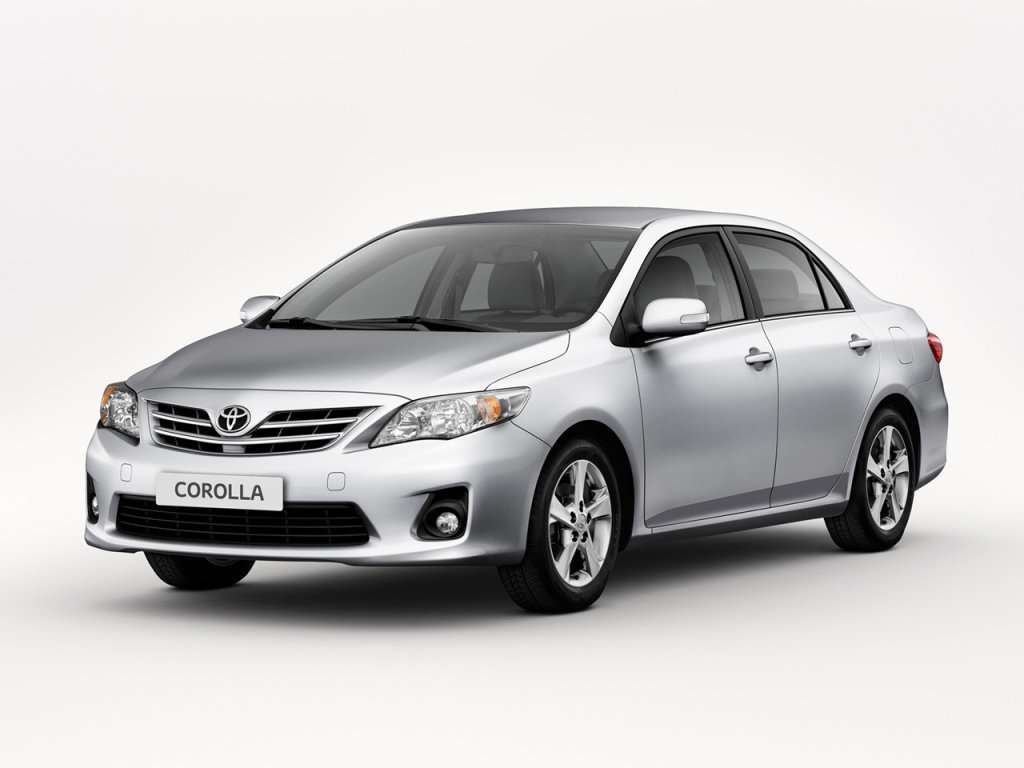
This is an economical car of the presently representative class, which has long and firmly established itself in the domestic market. The company Toyota approaches the renewal of its own line very competently, alternating small restyling with complex updates of the visual, mechanical and power parts. The 1.6-liter engine has not been abandoned until now: the old model is still at the top of sales in terms of trim levels. It is characterized by a power of 124 horsepower and a torque of 157 Nm at 5200 rpm.
Acceleration Toyota Corolla to 100 kilometers per hour takes about 10.4 seconds, and the maximum speed is 195 kilometers per hour. The lowest fuel consumption appears in the combination of the engine under consideration with a 5-speed mechanics: in the extra-urban cycle, the consumption indicator ranges from 5.6 to 5.8 liters per 10 kilometers. This is the last place in the rating in this category – but it does not make the car worse than the competition.
Advantages
- adaptation to Russian operating conditions;
- for an old engine – excellent indicators of power and torque;
- high level of interior ergonomics.
disadvantages
- not found.
Attention! This rating is subjective and does not constitute an advertisement and does not serve as a purchase guide. Before buying, you need to consult with a specialist.

